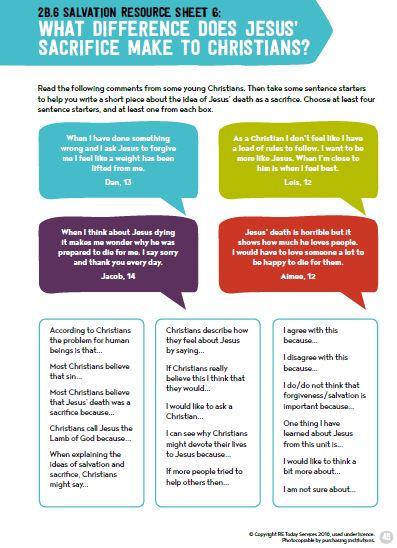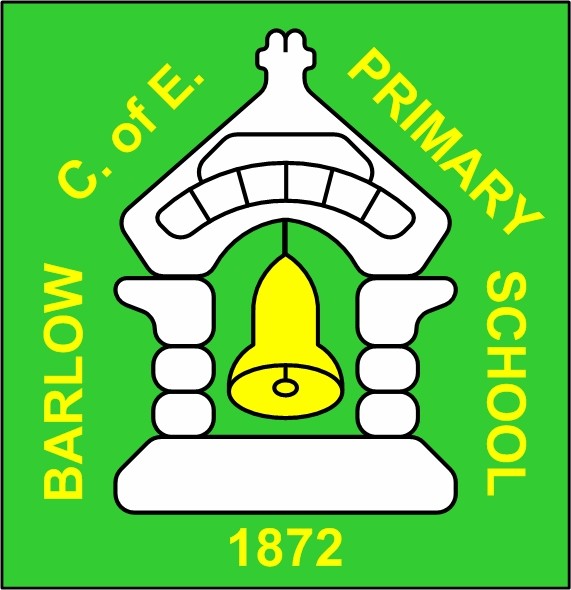Week 6
What did Jesus do to save human beings?
LO: Make clear connections between the Christian belief in Jesus’ death as a sacrifice and
how Christians celebrate Holy Communion/Lord’s Supper.
Christians remember Jesus’ death and resurrection throughout the year, particularly through the
celebration of Communion/Mass/Eucharist/Lord’s Supper. Watch two or three short videos talking about some different ways of celebrating this symbolic meal. (See Resources). Ask pupils to listen out for any reasons why Christians celebrate Communion, what
the bread and wine represent, how Christians share bread and wine, and what this ceremony means for them today. What similarities and differences are there between the ways of celebrating?
• Explore further the symbolism of the bread and wine. These were part of the Passover meal, but for Christians they have additional symbolism as Jesus’ body and blood. Ask pupils what this might mean. Look at relevant excerpts from eucharistic prayers with pupils to see whether these can add to their ideas (see Resources). Ensure that pupils are helped to make links with the learning in the previous section and the idea of Jesus as a sacrifice.
• Watch this clip of Roman Catholic mass in Liverpool: www.bbc.co.uk/education/clips/zwcd2hv. The first part of the service is happy: it involves hugs and greetings of friendship (01:26). Do the class think the mood changes somewhat when the congregation take the Eucharist? What might the congregation be thinking about? What do the bread and wine represent? Why is the Eucharist a celebration AND a serious moment? (You might like to find out about how the Roman Catholic Mass is not just a way of remembering Jesus’ sacrifice — it is a sacrifice.)
• Christians believe that Jesus’ death was not the end, and that he was resurrected on the Sunday, so Eucharist/Holy Communion is also a celebration. Discuss the meaning of the word ‘symbol’ and
ask pupils to identify which symbols are used in Communion to help Christians remember Jesus, his
death and resurrection, and the Last Supper.
• Ask pupils to devise a brand-new way for Christians to remember the Salvation brought by Jesus — this may well take the form of a religious ceremony. Pupils should explain the actions, words, music, activities and symbolism they have chosen to include in relation to
what they have studied about Salvation so far.

